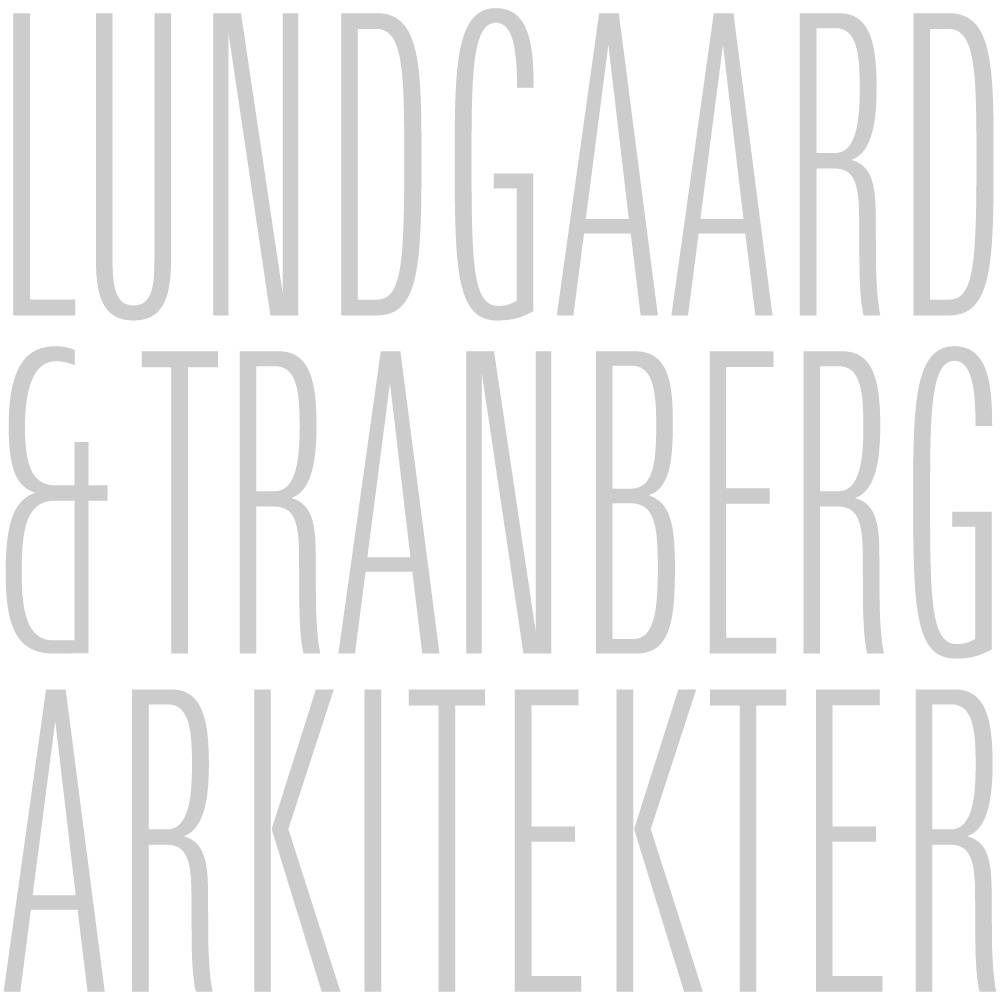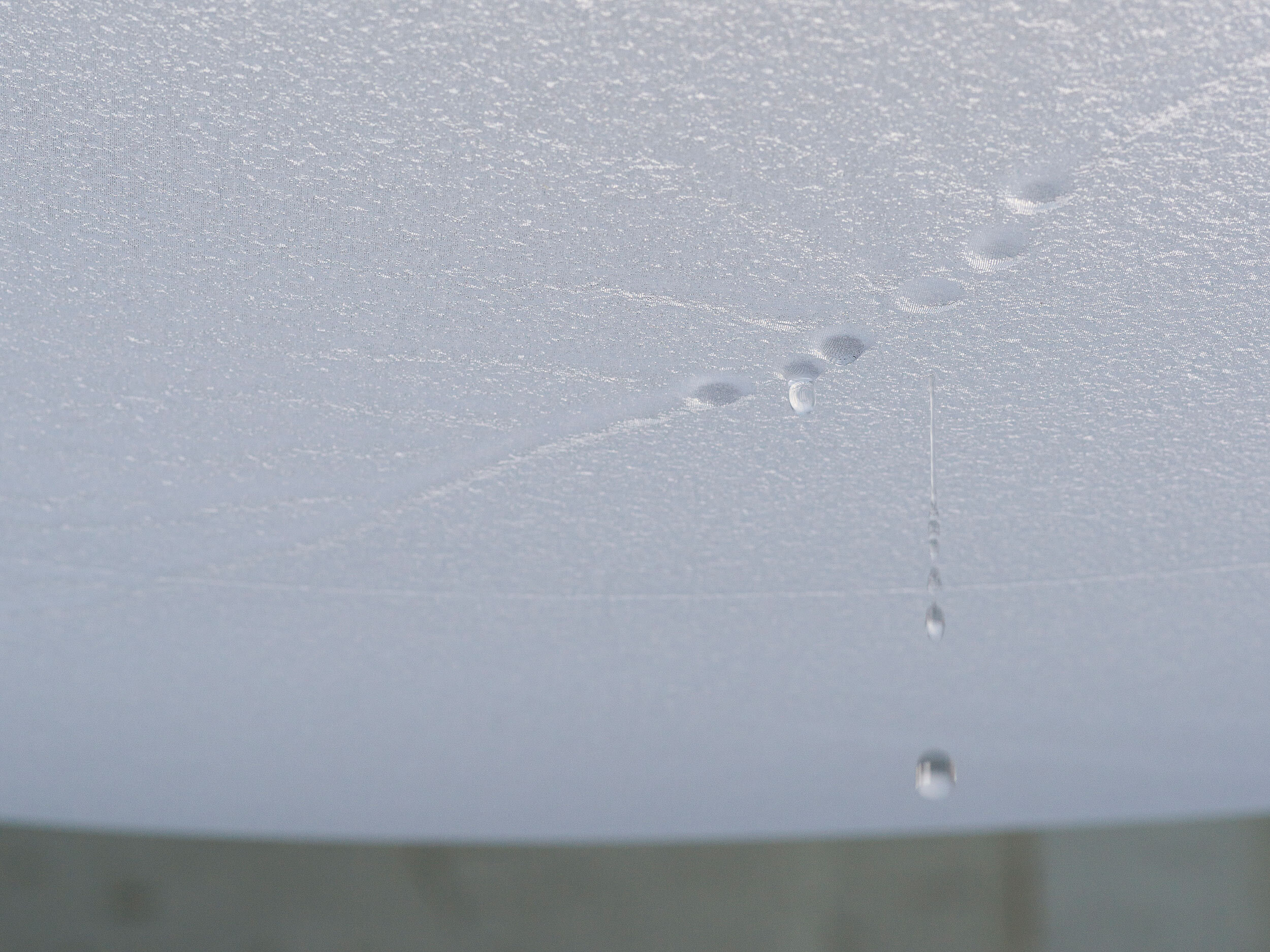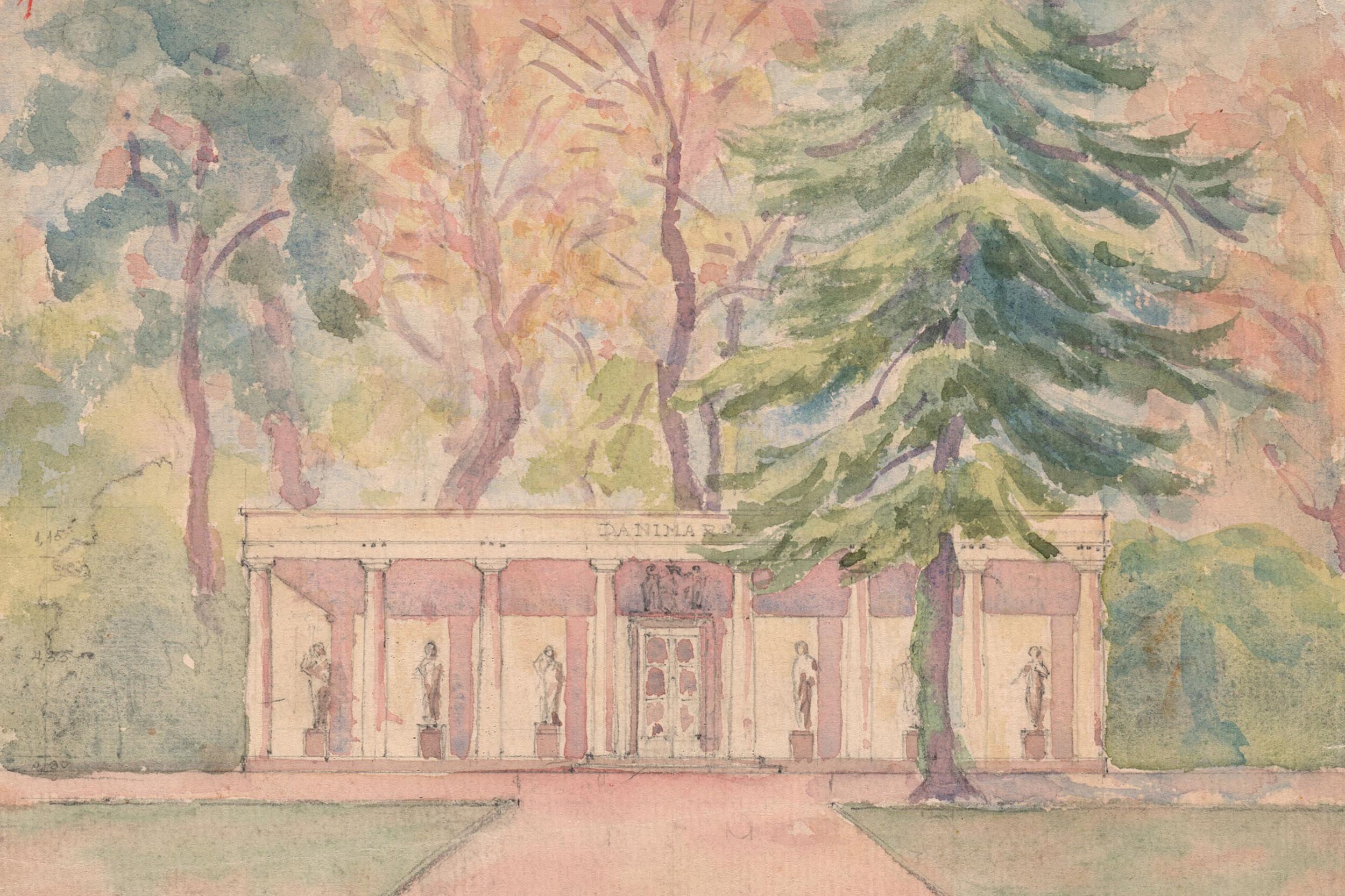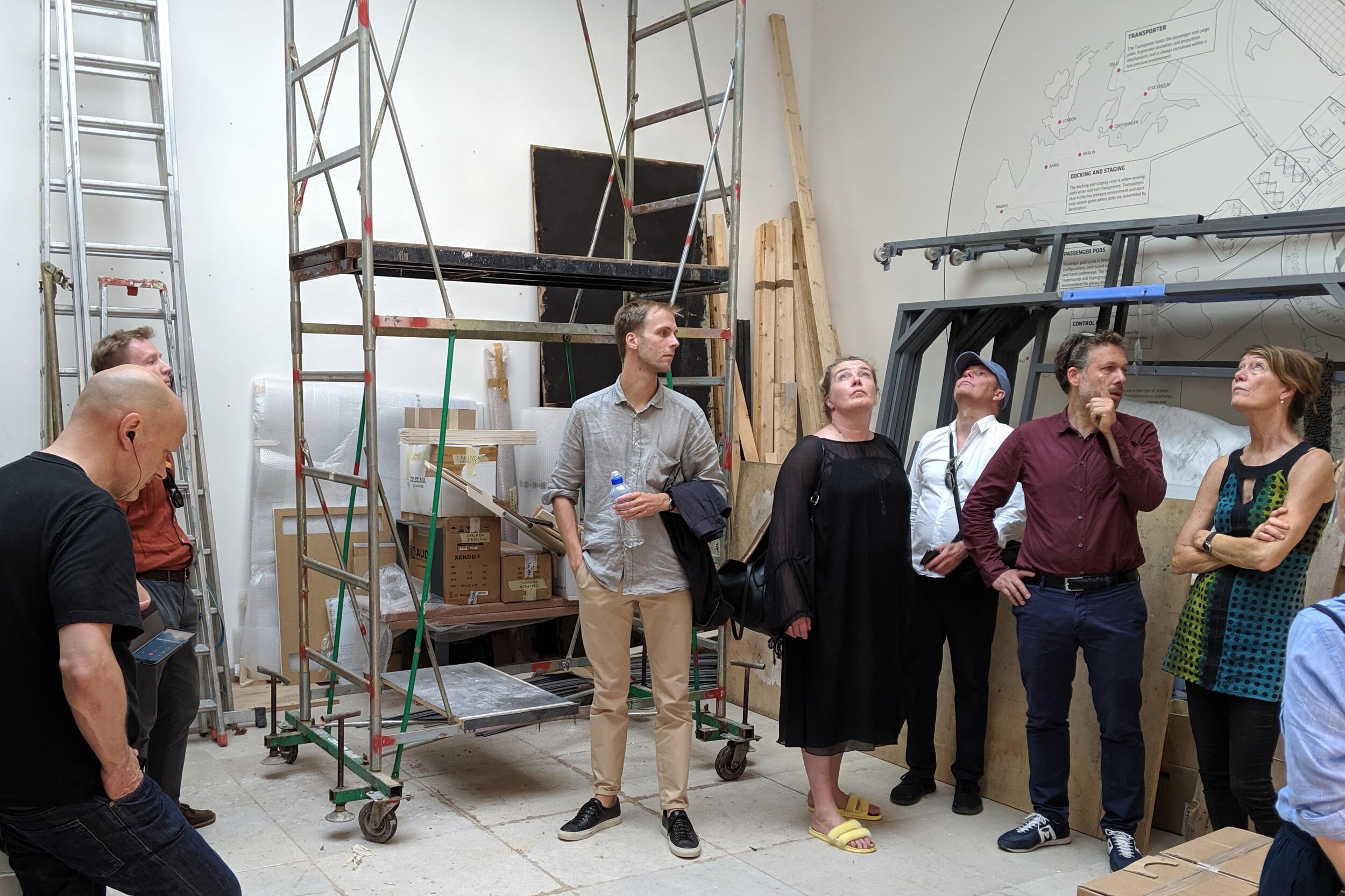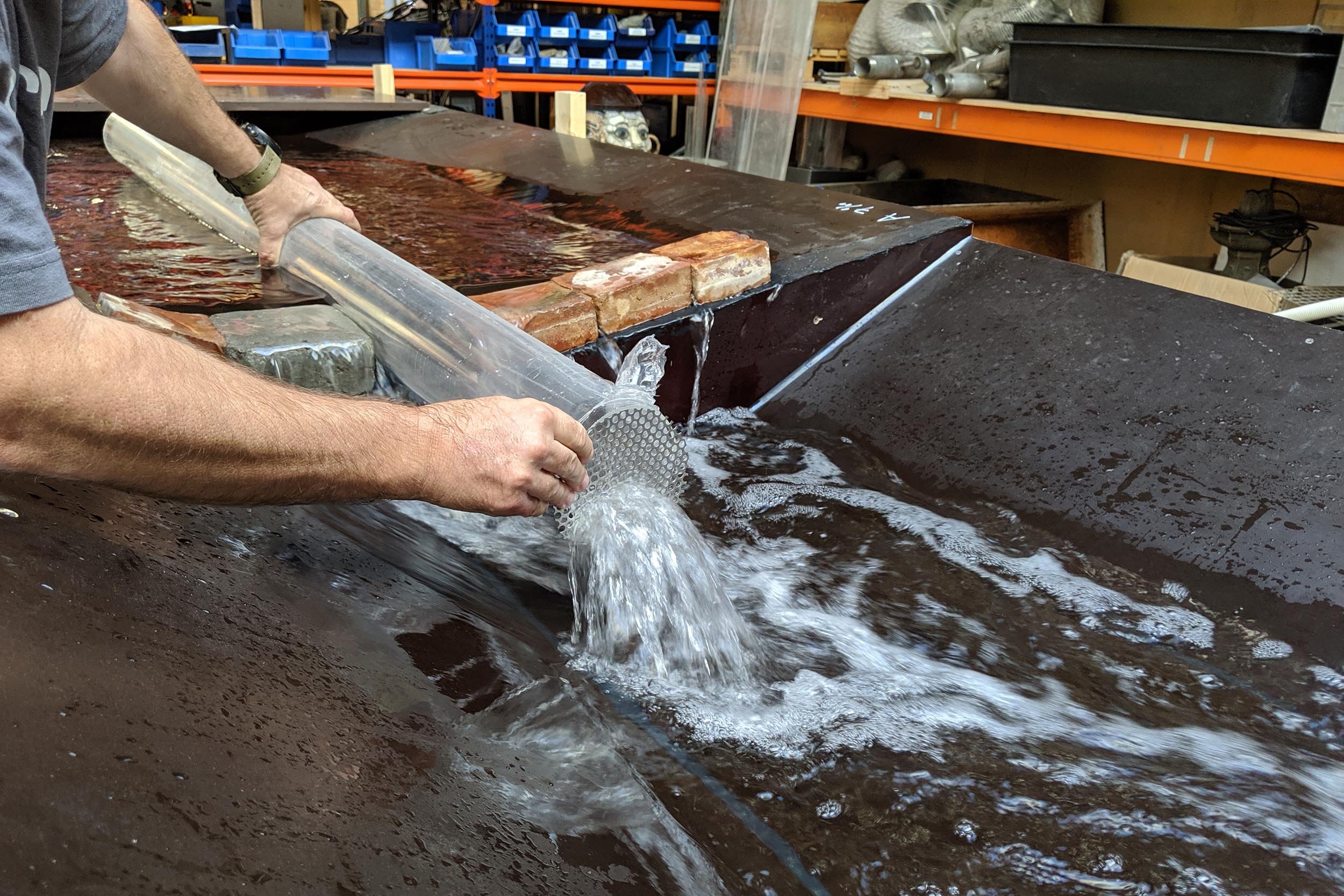NEWS November 1, 2019
We design the Danish Pavilion at Venice Architecture Biennale 2020
Our work to create the Danish contribution to the 17th International Architecture Exhibition in Venice is well on its way. Together with curator Marianne Krogh we bring into focus architecture’s ability to evoke a sense of connectedness with the world.
Danish Pavilion, Carl Brummer, 1930-31. Source: Danish National Art Library
Danish Pavilion, Peter Koch, 1958. Source: Danish National Art Library
When the Biennale opens its doors in May 2020, the theme will be How will we live together? The head curator, Hashim Sarkis, architect and head of the School for Architecture and Planning at MIT, emphasized at the official presentation of the theme that the times call for a new spatial contract.
All around the world, we are facing geopolitical and climate-related challenges so complex that past experiences are proving inadequate. Too long we have divided the world into isolated units in the attempt to dominate, failing to understand that our actions have consequences that far exceed our own national borders.
There is not one solution at hand. However, as architects we ask ourselves: As humans, how can we continue to evolve while taking responsibility for inhabiting a world undergoing radical change?
“The Biennale’s overriding theme How will we live together? has inspired us to focus on the concept of connectedness. Taking water as the physical element that connects all life on Earth as our point of departure, we’re creating a spatial architectural exhibition where water is experienced in tamed, processed and boundless states. Utilizing water as a phenomenon intensifies the experience of the pavilion’s architecture, while the social interaction that develops among the visitors within the space points to the outside world. We work to create an exhibition that encourages us to sense and reflect on our connectedness with others and the world, existentially and culturally,” says Lene Tranberg.
Water has an immediate poetry about it that has inspired people since the dawn of humanity, and across ages and cultures. The amount of water in the world is perpetual, travelling across centuries in a rich variety of different states. Thus, water connects past, present and future. It renders the idea of isolation impossible.
“To overcome the challenges we have created for ourselves in this age, we first and foremost need to look inside ourselves and have the courage to realize that we as human beings are connected to all that is living. We believe that architectural elements can be utilized to promote a sense of connectedness and thereby re-establish the intimate orbit and connections that we as earthlings need to consider ourselves part of. How will we live together? is not just about the way in which people interact and live with each other. For us, it is just as much about the relationship with our surroundings, which can help us instill a sense that we belong here on Earth,” says curator Marianne Krogh.
The project is sponsored by DAC, Realdania, the Ministry of Culture Denmark, and the Danish Arts Foundation’s Committee for Architecture Grants and Project Funding.
Credits
Committee for Architecture Grants and Project Funding: Ellen Braae, Mads Bjørn Hansen, Boris Brorman Jensen, Kathrin Susanna Gimmel and Jens Thomas Arnfred / Realdania: Nina Kovsted Helk, Simon Harboe and Jesper Nygård / The Board of the Beckett Foundation / The Board of the Dreyers Foundation / The Board of the Knud Højgaard Foundation / Kvadrat / Mads Nørgaard / Junckers / HAY / STARK / Blue Cross Denmark / Red Cross Denmark / Livia Urban Swart Haaland, ØsterGRO / Curator’s assistants: Jakob Rabe, Claudia Juul, Olivia Toftum, Catherine Langer and Clara Petersen / M+B Studio staff: Troels Bruun, Franceso Toaldo, Svetislava Isakov, Roberta Facchettin, Lucia Montan, Pier Luigi Claudino, Luca Delise and Eva Mengetti / Thomas Friis, Claus Bachmann and Hans Henrik Øhlers, Fokdal Fountain / Rasmus Koch and Till Rickert, Rasmus Koch Studio / Artistic consultant: Finn Reinbothe / Concept inspiration: Emmy Laura Perez Fjalland, Liv Sejrbo Lidegaard, Niels Albertsen, Helge Kragh, Lars Rasborg, Kjeld Kjeldsen and Emil Blauert
